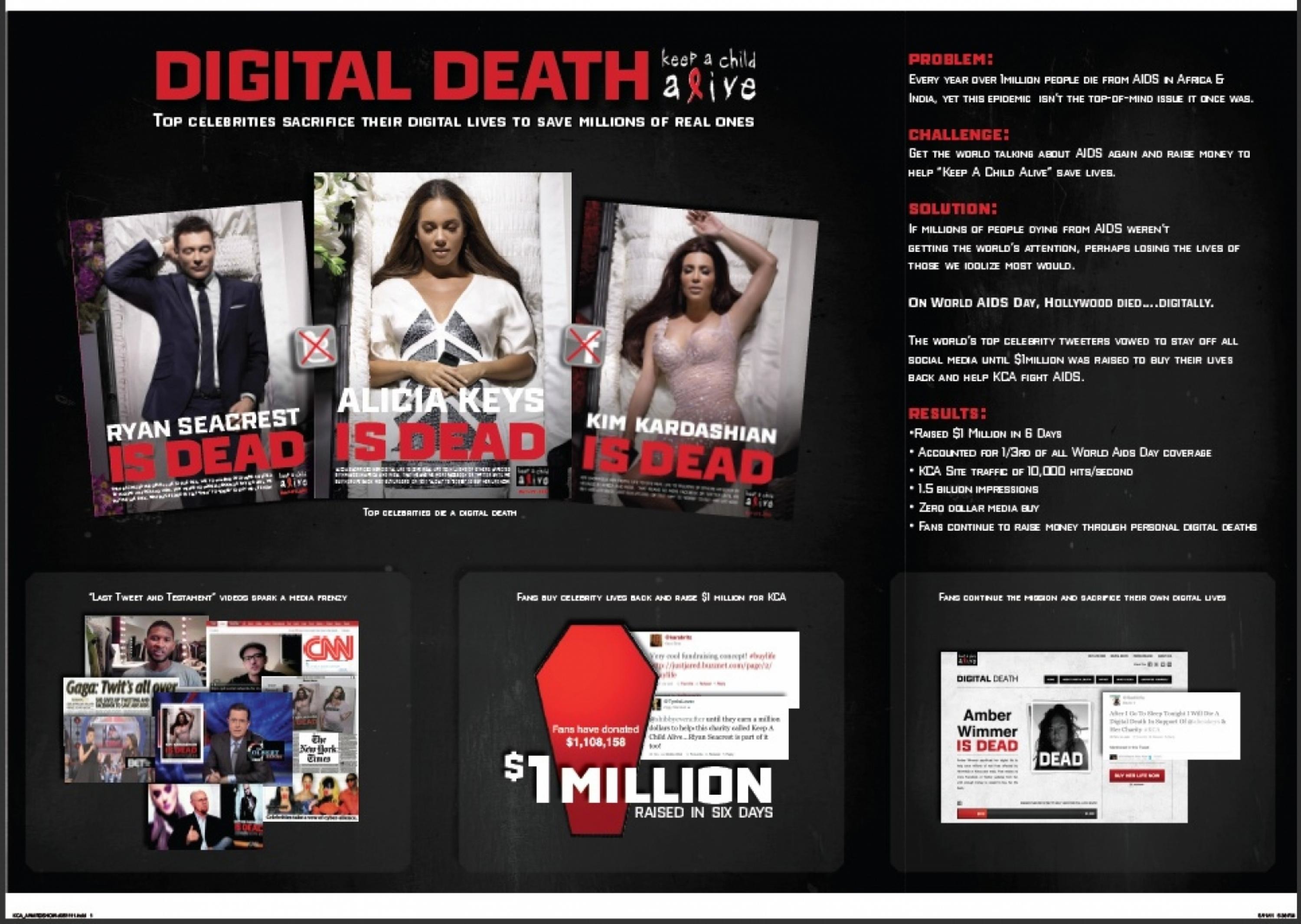PR > PR Techniques
COVERING CLIMATE NOW
TBWA\CHIAT\DAY, New York / COLUMBIA JOURNALISM REVIEW / 2020
Awards:

Overview
Credits
Overview
Why is this work relevant for PR?
Covering Climate Now is an initiative that has created a global alliance of journalists and news organizations dedicated to increasing the coverage of the climate crisis. This alliance began with an event and a data-led outreach program that highlighted the threat of climate change to individual publications and locations.
Background
Global warming is the great crisis of our time, and our news media is failing to meet that challenge. Coverage has been historically poor; in the past year, national evening news programs in the United States spent just 55 minutes total discussing climate change.
As the global protector of journalistic ethics since 1961, the Columbia Journalism Review needed to act.
Faced with the inaction of the global press corps, CJR needed to mobilize a movement with a global impact, across different cultures, languages, and media, in as many countries as possible.
Describe the creative idea
Covering Climate Now is a growing global alliance of over 440 news outlets and journalists from 47 countries, united in their push to increase climate coverage to a level that reflects the gravity of what we see as the impending climate catastrophe.
A global mobilization of the world’s press around a single topic has never been achieved, nor even attempted before. For one week, Columbia Journalism Review got the world’s media to focus on the planet’s most pressing problem, and changed the way that many publications reported on climate change as an issue.
Describe the PR strategy
Covering Climate Now has two major objectives. Primarily, its goal is to increase and improve the global press corps’ coverage of climate change, through a concentrated week of coordinated action from news outlets all over the world.
Secondly, our goal was to build a lasting and meaningful coalition of like-minded journalists, publications and news organizations who would promote climate issues, and would commit to increasing their daily coverage of the climate crisis.
After a successful first year, where our coalition of over 440 news outlets generated thousands of articles and hours of climate coverage, our alliance has continued to grow, and will increase in influence in coming months.
Describe the PR execution
The Covering Climate Now project had several stages.
In the short term, we invited major media outlets to join our alliance by sending them weather-damaged newspapers, representing future climate change destruction based on UN climate modelling data, tailored to their specific locations. Instead of graphs and charts, we used the front pages of their publications to visually represent the environmental damage that the climate crisis will cause in that particular city.
Our main goal was to build a massive alliance of publications and news outlets who would cover the climate crisis intensely for one week, in the lead up to the UN’s climate week.
As part of our long-term goals to improve the quality of climate coverage, we created a publication that educated journalists about how to improve their own coverage, with infographics and statistics based on UN climate data, and input from leading climatologists from The Earth Institute.
List the results
We convinced over 440 publishers and media outlets in the world to coordinate for one launch week of intense climate change coverage. And our alliance continues to grow, as more journalists and publications join the cause.
And after years of media inaction, Covering Climate Now led to more climate change coverage on US evening news in one week than in the past 10 years combined, according to statistics from LexisNexis, using methodology from MediaMatters.
The Covering Climate Now project led to over 20,000 articles and hundreds of hours of climate coverage in the month of September, and has reached an audience approaching 2 billion people.
More Entries from TBWA\CHIAT\DAY
24 items















